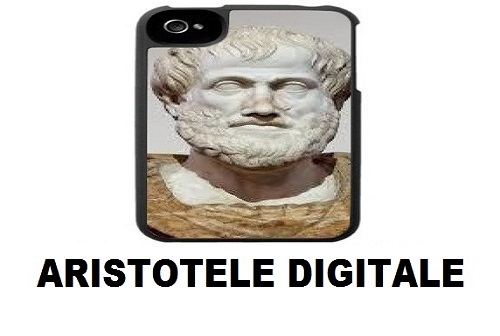It’s what never fails to come back:
it is the origin which always reappears at the same time different and equal to itself;
it is the order that cannot forget chaos;
it is what, precisely because it exists, belongs to no one:
it is the impossibility of the absolute which becomes presence;
it is what transcends in order to make us able to think about other than what we are;
it is what reminds us that we are immanent to ourselves;
it is what reopens the possible between life and death, between rational and irrational;
it is what makes hate and love alike;
it is what continually reopens the space of the possible;
it is what allows the work of man to survive man;
it is the splendor of the beautiful and the absolute power of the ugly;
it is the “totally other thing”;
it is the key of the decision;
it is the violence which holds the victim and the perpetrator together;
it is royalty and its gallows: dead the king, long live the king!
it is the monstrosity of the holocaust and its victims: the sacred never fails to return;
it is the ritual blood to distinguish the outside (of all) and the inside (of no one): together in the temple;
………………………………………………………;
it is the absolute need for a sacrificial victim, for an original crime, in order to legitimize any social pact. It is what allows us to be together because we give ourselves a victim; it is what, with rites and liturgies, is collectively remembered if we do not all want to become victims.
To become society, some of us must become a victim. It is the sacred that founds the political.
If the principle by which the sacred never fails to return holds true, the underlying political question is not in its negation. On the other hand, since it is so powerful that it never fails to return, its underlying political question is on how we can all manage to prevent the sacred from making us what it wants.
However, we have a debt to our pride: it is called free will.
I have mentioned the relation between sacred and beautiful. Here, there are the words of Rainer Maria Rilke:
“……the beautiful is just
The first note of Tremendous. To be
hold and admired is our job
only because it does not bother to destroy us.”
Tremendous is therefore the beautiful as much as the sacred.
How can we ensure that the sacred (and the beautiful) continue not to care for us? And how can we make sure that politics is not the weapon of sacredness against us? Or, conversely, how to make politics defend us from the terrible?
And what happens where the sacred intersects with the power of digital and pandemic expansion?
Before trying to answer, a clarification is fundamental. The sacred undoubtedly feeds the world of religions, but it is not resolved in and with religions. In some cases, religions distance themselves from the sacred. For example, Buddhism, which tries the horse’s move by removing all forms of violence from itself. As well as but in a much more radical way, Christianity tries to oppose the sacred and fights it while knowing, or precisely because it knows fully, that never fails to return. I’ll leave here next week.
You can also read the introductory article by the same author:








